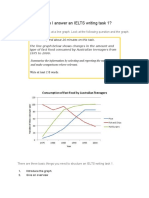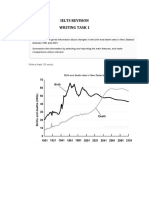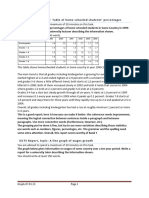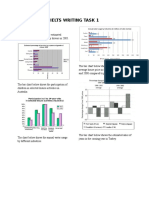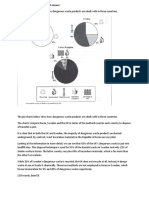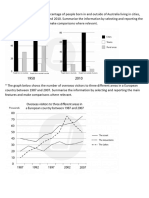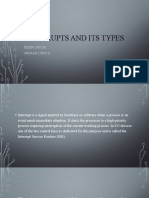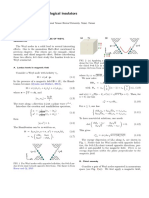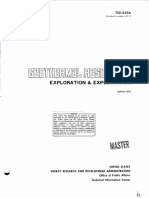0% found this document useful (0 votes)
38 views11 pagesWriting Task 1
The document contains a collection of IELTS Writing Task 1 sample essays summarizing various charts and diagrams. Each section provides an analysis of data related to income and spending by age in America, household spending in China, population growth in Australian cities, recycling processes for glass and plastic, rainfall statistics in Hawaii, neighborhood changes in Sawry District, class sizes in different countries, carbon dioxide emissions in Europe, and the process of generating electricity from geothermal energy. The summaries highlight key trends, comparisons, and changes over time in each topic.
Uploaded by
27a4020152Copyright
© © All Rights Reserved
We take content rights seriously. If you suspect this is your content, claim it here.
Available Formats
Download as DOCX, PDF, TXT or read online on Scribd
0% found this document useful (0 votes)
38 views11 pagesWriting Task 1
The document contains a collection of IELTS Writing Task 1 sample essays summarizing various charts and diagrams. Each section provides an analysis of data related to income and spending by age in America, household spending in China, population growth in Australian cities, recycling processes for glass and plastic, rainfall statistics in Hawaii, neighborhood changes in Sawry District, class sizes in different countries, carbon dioxide emissions in Europe, and the process of generating electricity from geothermal energy. The summaries highlight key trends, comparisons, and changes over time in each topic.
Uploaded by
27a4020152Copyright
© © All Rights Reserved
We take content rights seriously. If you suspect this is your content, claim it here.
Available Formats
Download as DOCX, PDF, TXT or read online on Scribd
/ 11














